When the UK government officially banned disposable vapes in June 2025, it felt like progress. For those of us who’ve spent years working to protect young people from the flood of cheap, colourful nicotine devices, it was a long-overdue decision.
But almost immediately, a new wave of risk began to form.
The gap left by disposable vapes hasn’t reduced demand – it’s simply shifted it. And what we’re now seeing is deeply worrying: a race to the bottom in vape product quality, as manufacturers scramble to fill the gap with the cheapest possible alternatives.
It’s created a perfect storm: high demand, low regulation, and a growing number of products being made without proper safety checks or chemical oversight. In some ways, the landscape has become more dangerous than it was before the ban.
And unless we move fast to introduce proper standards for vape liquids and hardware, we’re at risk of sleepwalking into a serious public health issue.
A New Market of Risky Products
With disposables off the shelves, many users – particularly younger ones – are looking for inexpensive ways to keep vaping. They’re turning to refillable pod kits, budget e-liquids, and hybrid devices designed to replicate the disposable experience without breaking the law.
The problem? Most of what’s being sold in this “grey zone” is poorly made, inconsistently tested, and in some cases, downright unsafe.
We're seeing:
-
Unregulated e-liquids with no ingredient transparency or lab testing
-
Inconsistent nicotine concentrations well above the legal limit
-
Low-quality coils and batteries that overheat or fail
-
Copycat branding and packaging that mimics banned disposable vapes
-
Products sold online and in corner shops with little enforcement
These are not rare outliers – they’re becoming the norm in a market rushing to meet demand with as little friction (and as little cost) as possible.
The Ban Solved One Problem – But Created Another
The environmental case for banning disposables was clear. More than 5 million were being thrown away each week in the UK – most with lithium-ion batteries that leached toxins into the soil or caused fires in bin lorries. Disposable vapes were cheap, brightly coloured, and often illegally sold to teenagers. They needed to go.
But what’s replaced them is often just as cheap and just as appealing to young users – only now with even less oversight.
Many of these new products are designed to look like disposables. They’re sold in similar flavours. They’re often used for a week and binned – even if they’re technically reusable. And unlike the larger vaping brands that faced scrutiny, many of these new sellers operate under the radar, through pop-up websites and short-lived imports.
The unintended consequence? We’ve shifted from high-volume, high-visibility disposables to a fragmented, unregulated aftermarket where anything goes.
We Cannot Regulate Appearance Without Regulating Substance
The government’s Tobacco and Vapes Bill addresses how vaping products are packaged, flavoured, and marketed – but it does not go far enough in regulating what’s inside them, or how they’re built.
We now urgently need enforceable standards that:
-
Set purity and safety limits for e-liquids
-
Mandate third-party testing and lab certification
-
Regulate voltage, coil safety, and battery integrity
-
Require full labelling and ingredient transparency
-
Introduce real accountability for retailers and online sellers
These aren’t optional. They are the basic protections any consumer should expect – especially when the product involves inhaling chemicals directly into your lungs.
Why This Matters – Personally
At Vape Guardian, we work with hundreds of schools across the country. We install vape detection systems. We speak to staff, parents, and students every day. And what we hear – increasingly – is confusion.
"Is this refill safe?"
"Why does this pod hit so much harder than the old disposables?"
"Why did the battery melt when it was charging?"
These are not edge cases. They’re becoming daily concerns.
As someone who spends their time on the front line of this issue, I can tell you: young people are not going to stop vaping just because disposables have gone. But what they’re now reaching for is less tested, less transparent, and more dangerous.
We’re not facing the end of the vaping crisis – we’re facing its mutation.
A New Standard for a New Era
The ban on disposables was the right step. But it must be followed by serious regulation of the products that have emerged to replace them.
If we do nothing, we will allow a new unregulated economy of low-cost, high-risk vaping to thrive in the margins.
If we act – and act now – we can ensure the next generation of vaping products are held to a higher standard. Safer for adults who genuinely want to quit smoking. Less appealing to children. And properly monitored for health, safety and environmental impact.
The choice is ours. Let’s not waste the moment.
If you're a policymaker, school leader, or organisation concerned about the next phase of vaping in the UK, we want to hear from you.
At Vape Guardian, we're working with education providers, regulators, and industry experts to raise the standard of vape safety — and we’re ready to support those who share that mission.
📩 Get in touch to discuss collaboration, insights, or how we can help your organisation navigate this evolving landscape:
help@vapeguardian.com
www.vapeguardian.com
Let’s take this opportunity to create meaningful, lasting protection — together.

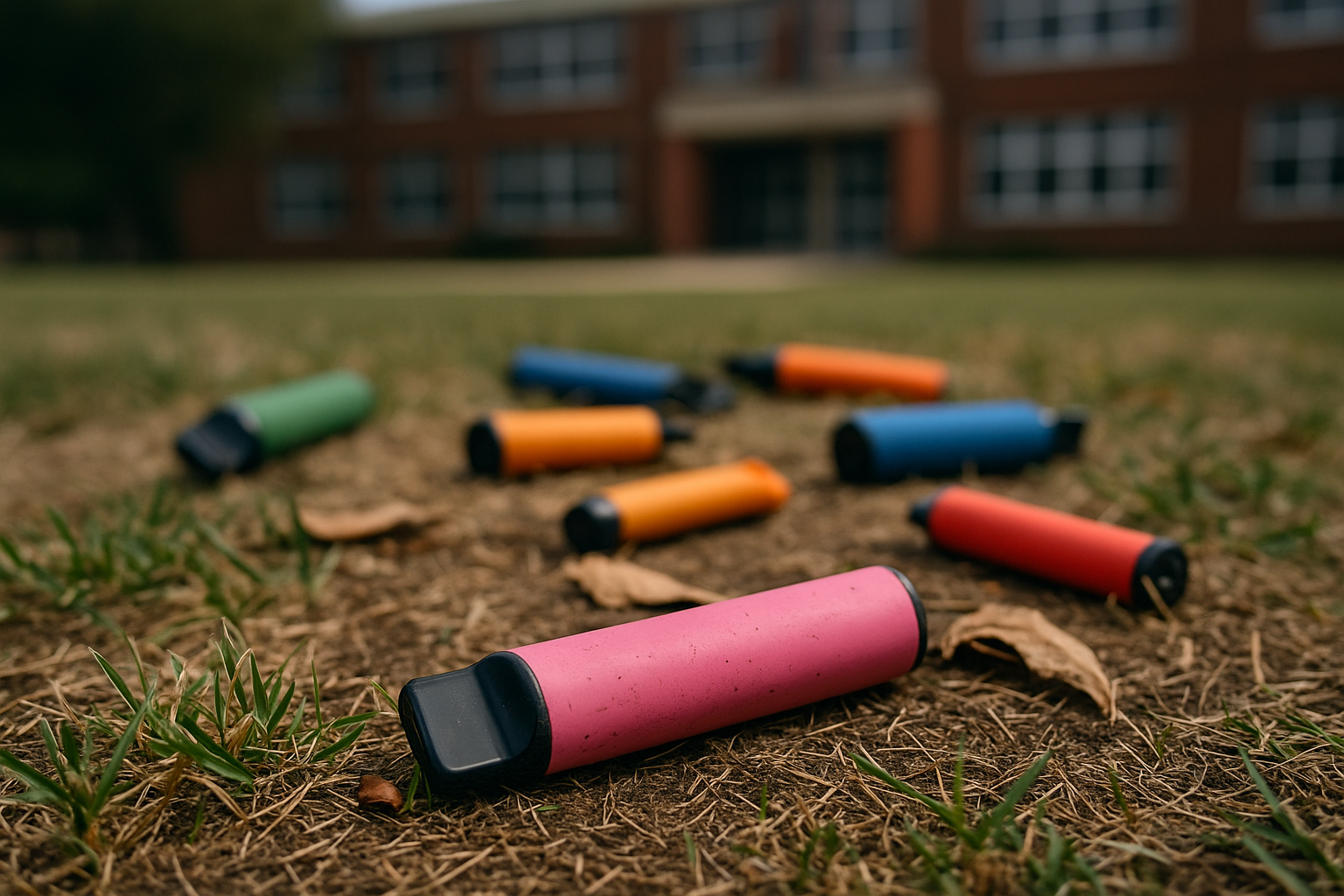
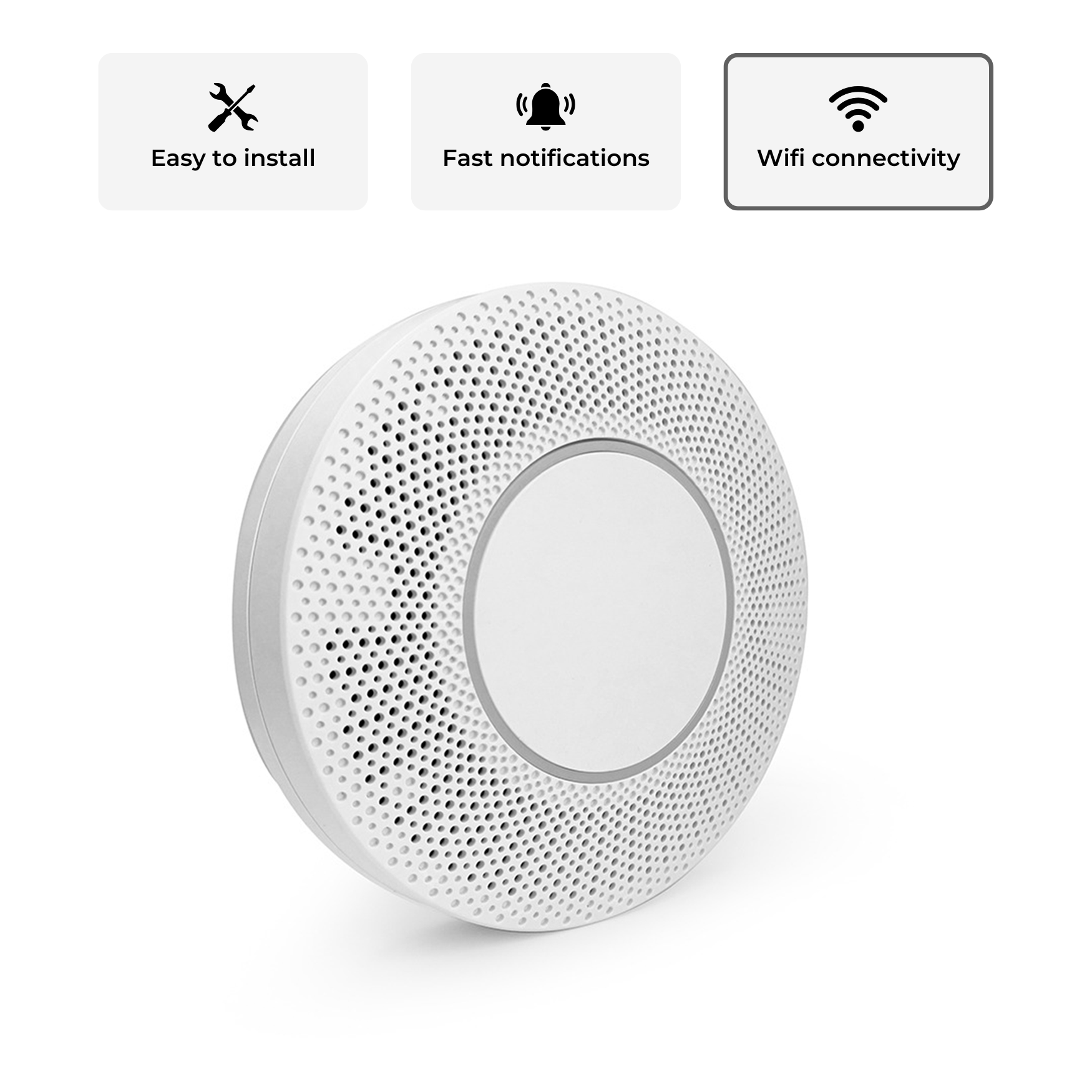

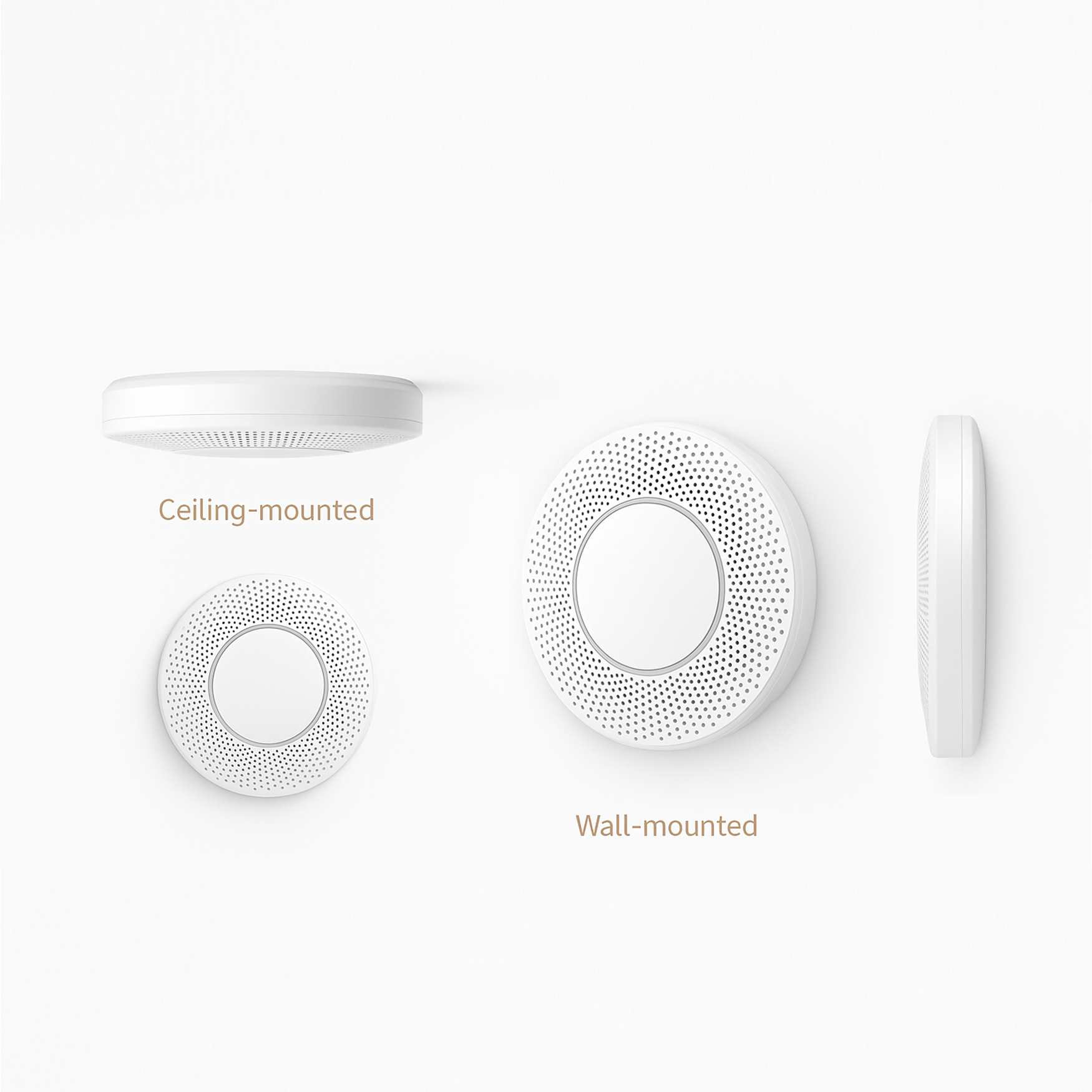
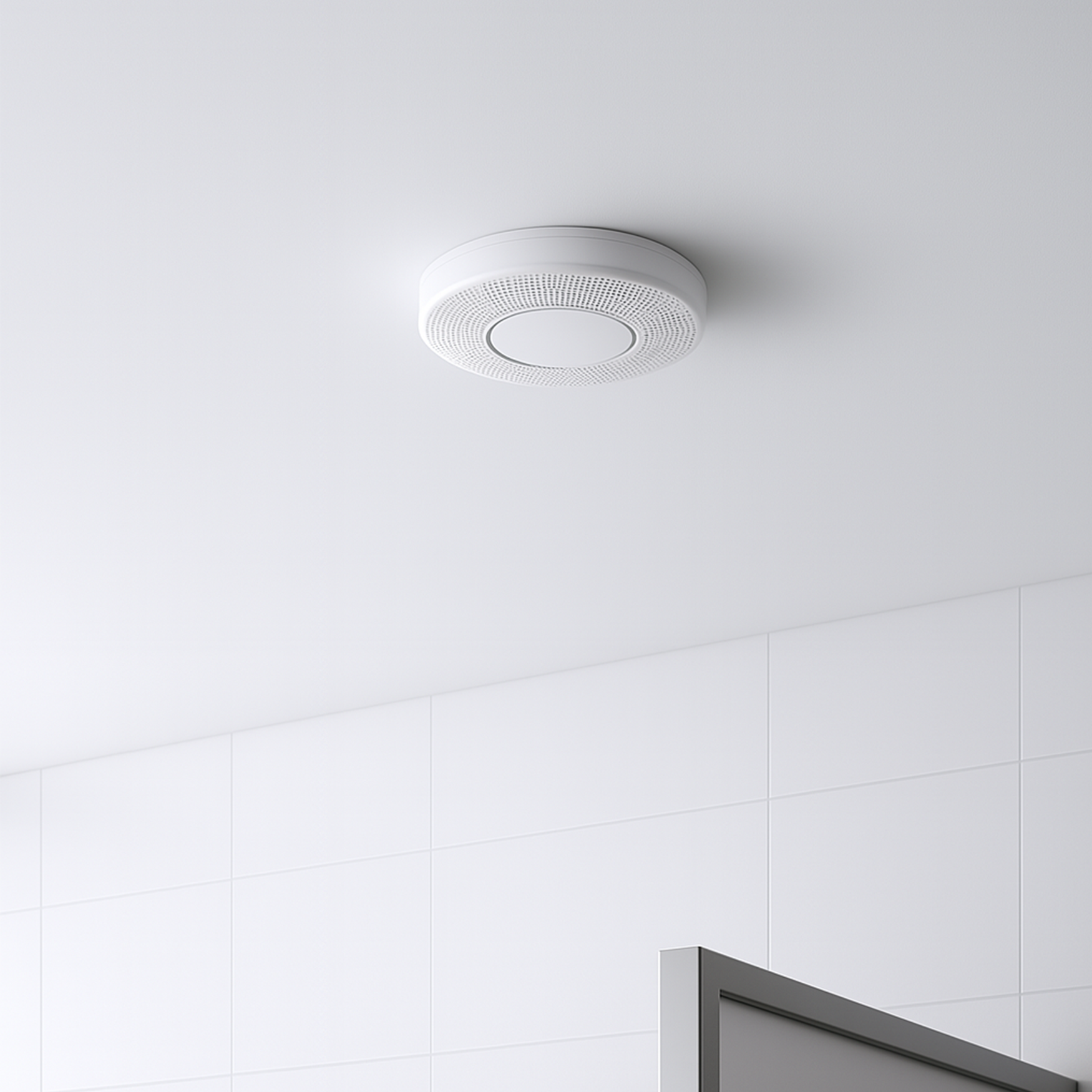
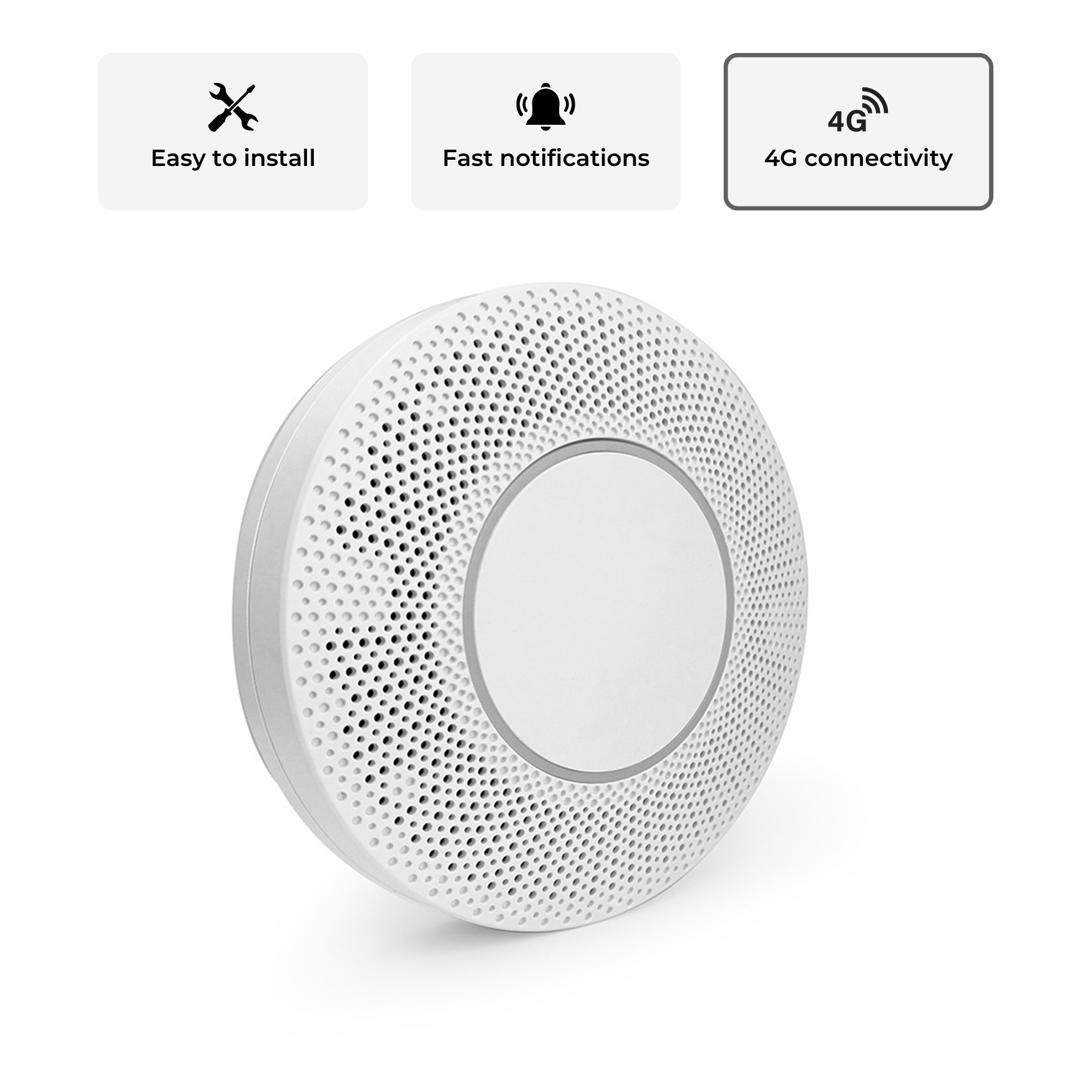
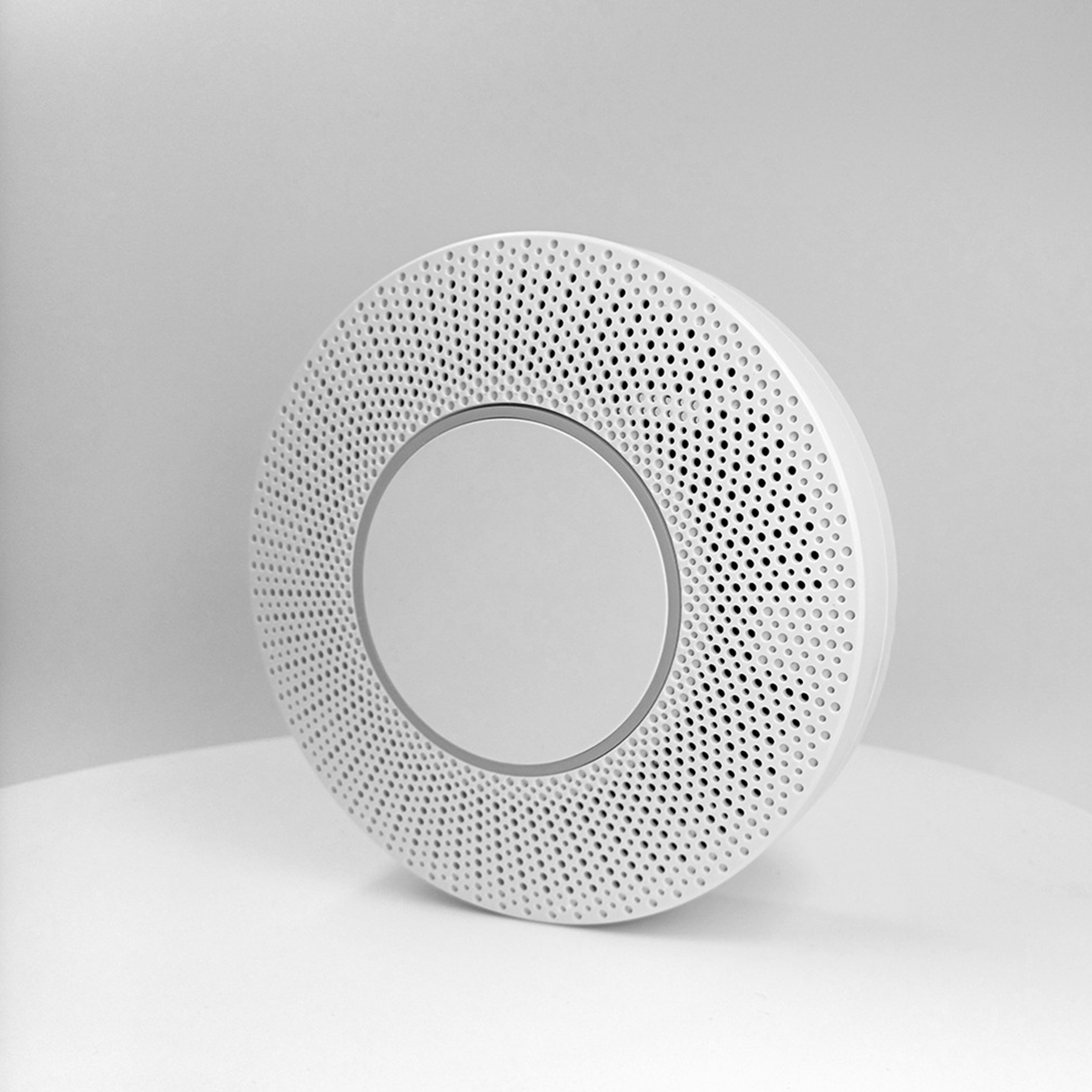
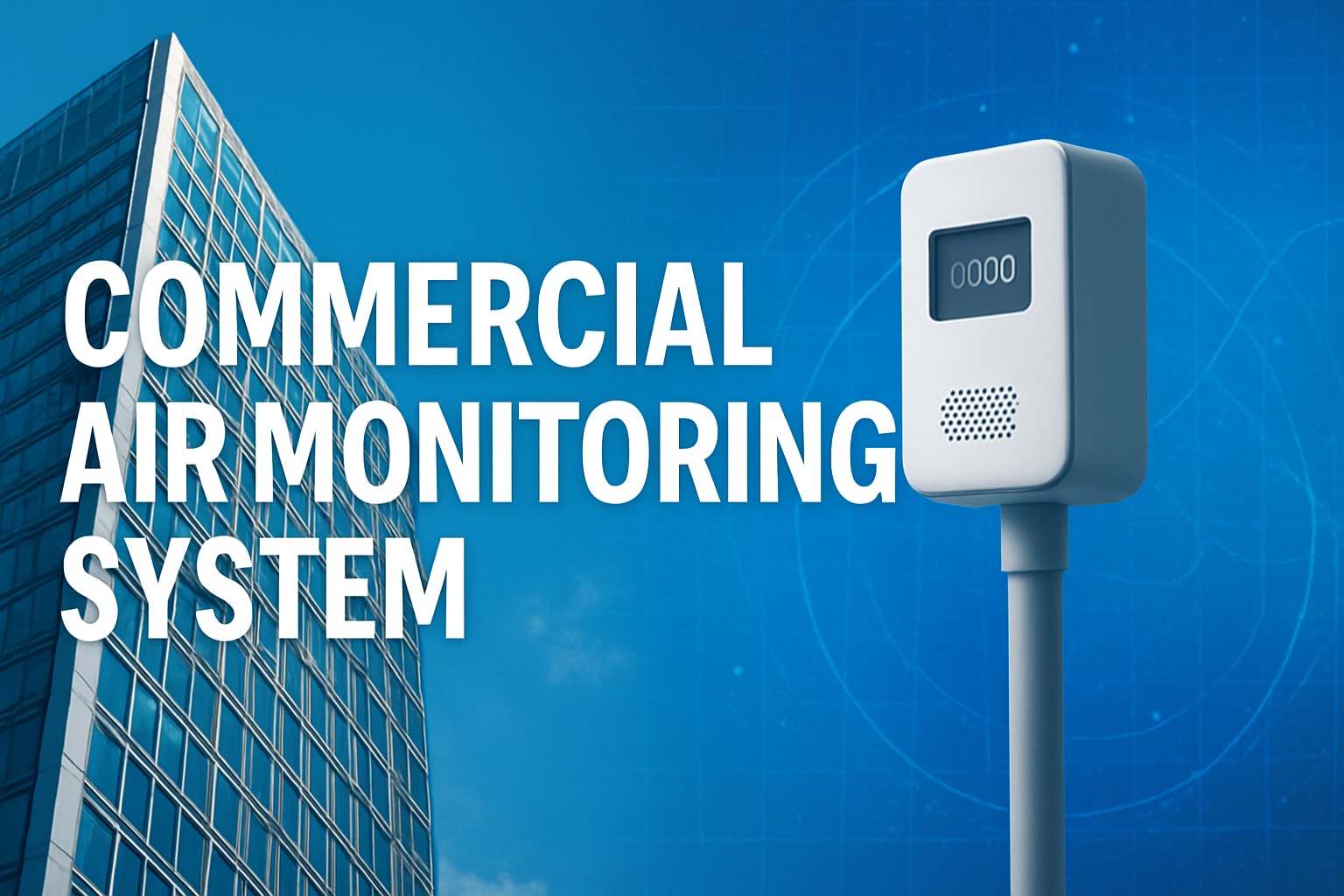

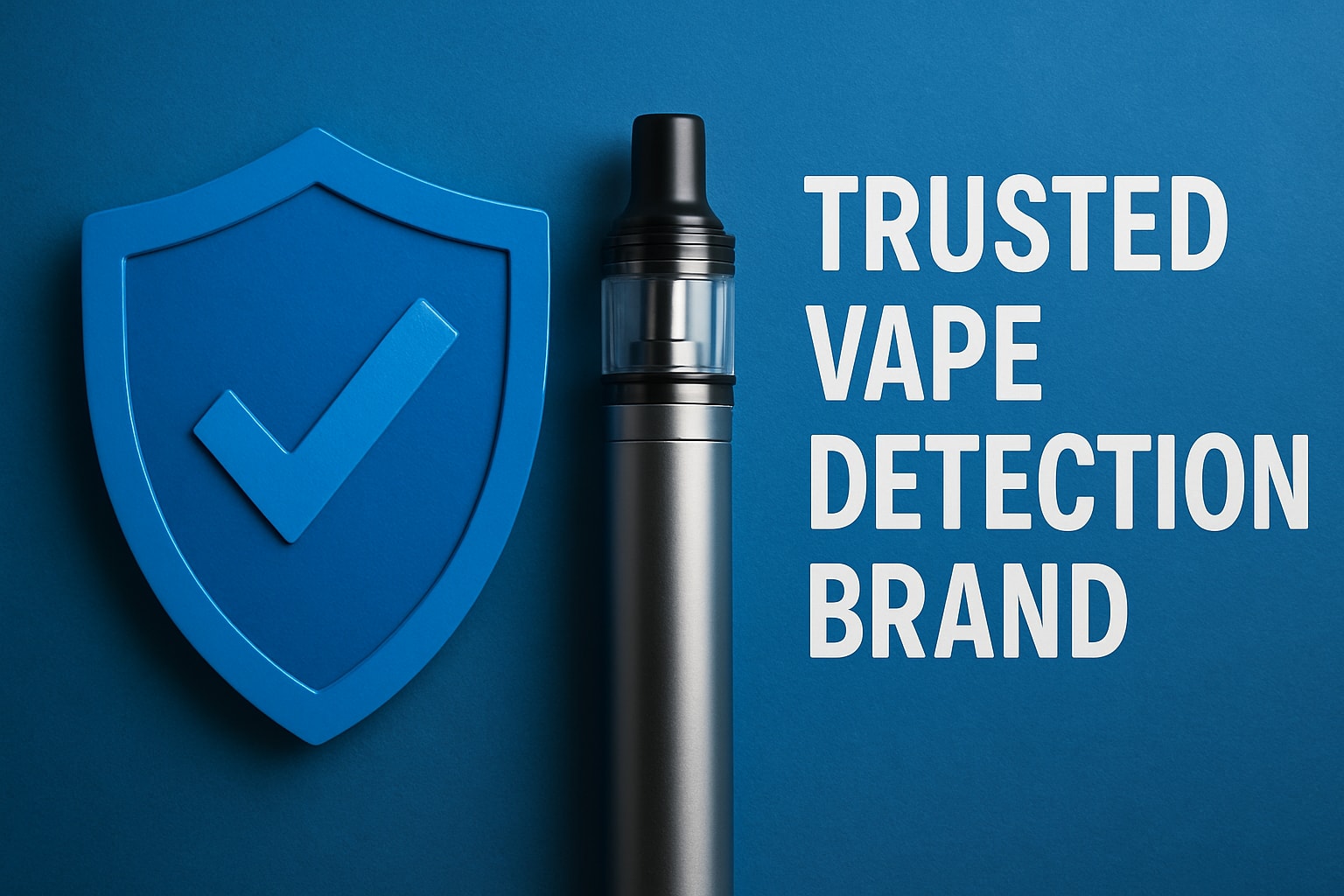
Share:
The Truth Behind the Disposable Vape Ban: What We Are Still Getting Wrong About Youth Vaping
The Hidden Threat in School Bathrooms: How Vapes Are Becoming a Gateway to Dangerous Drug Use Among Teens